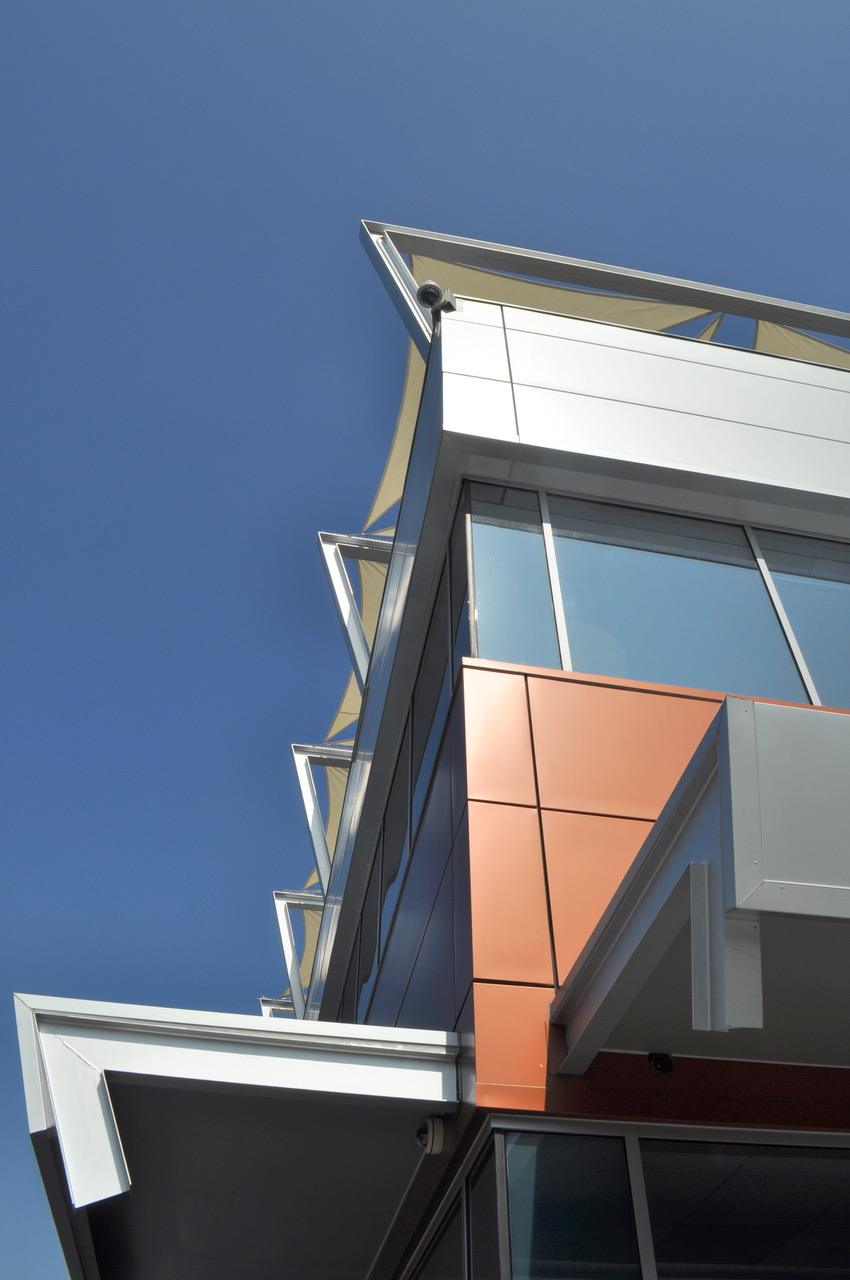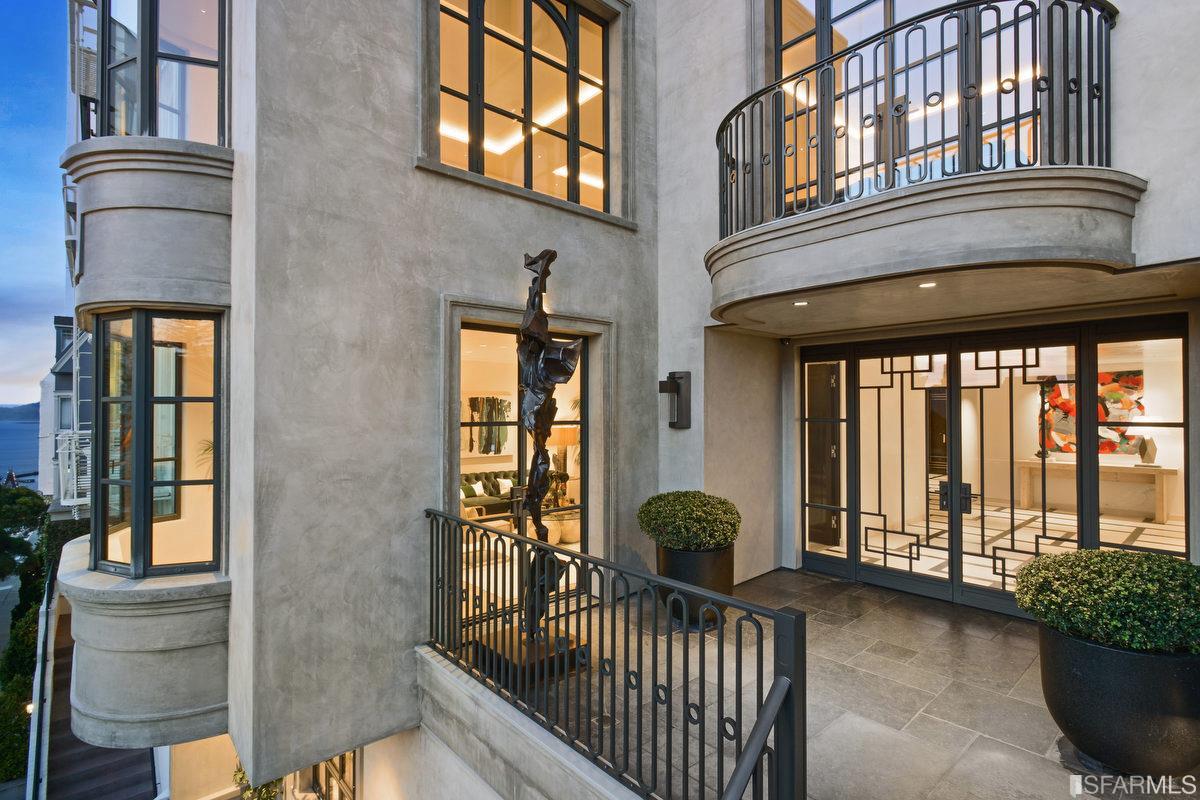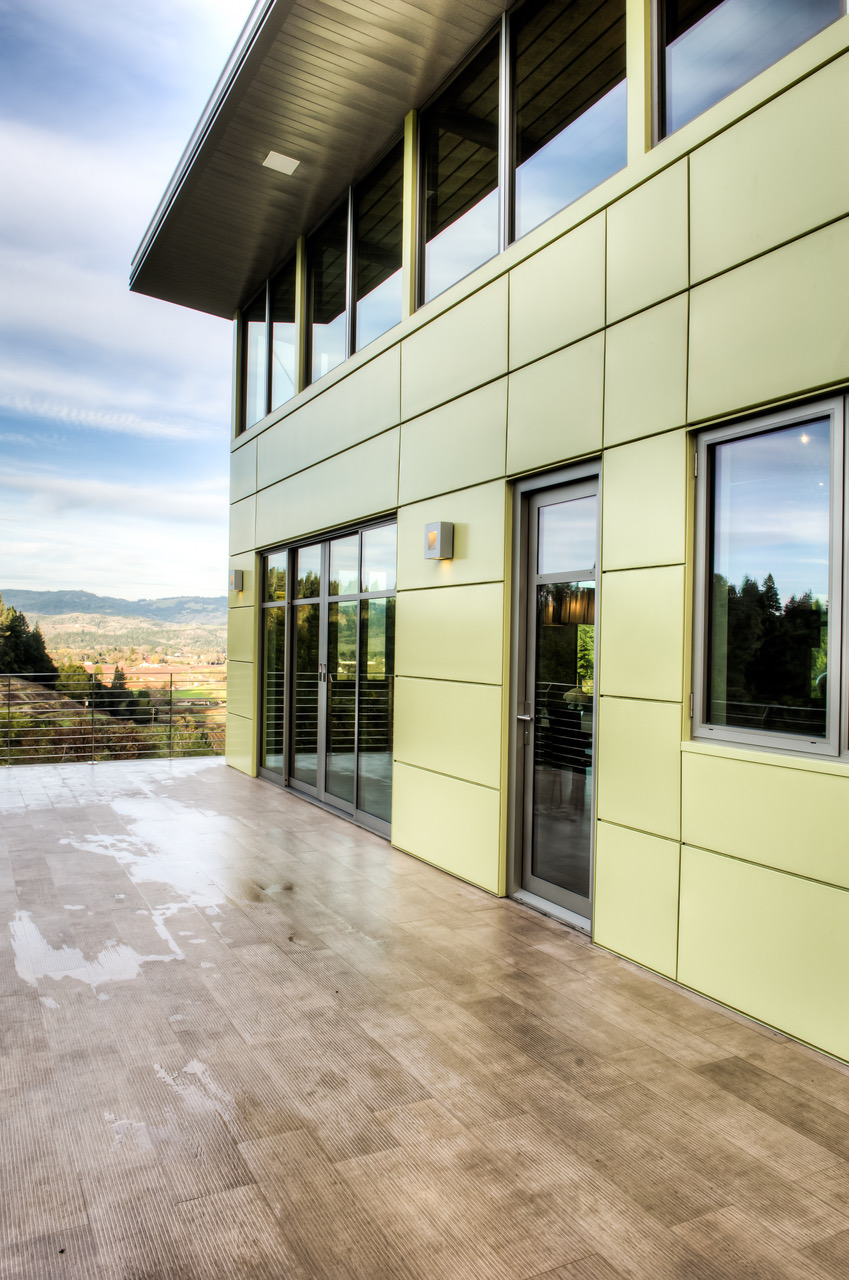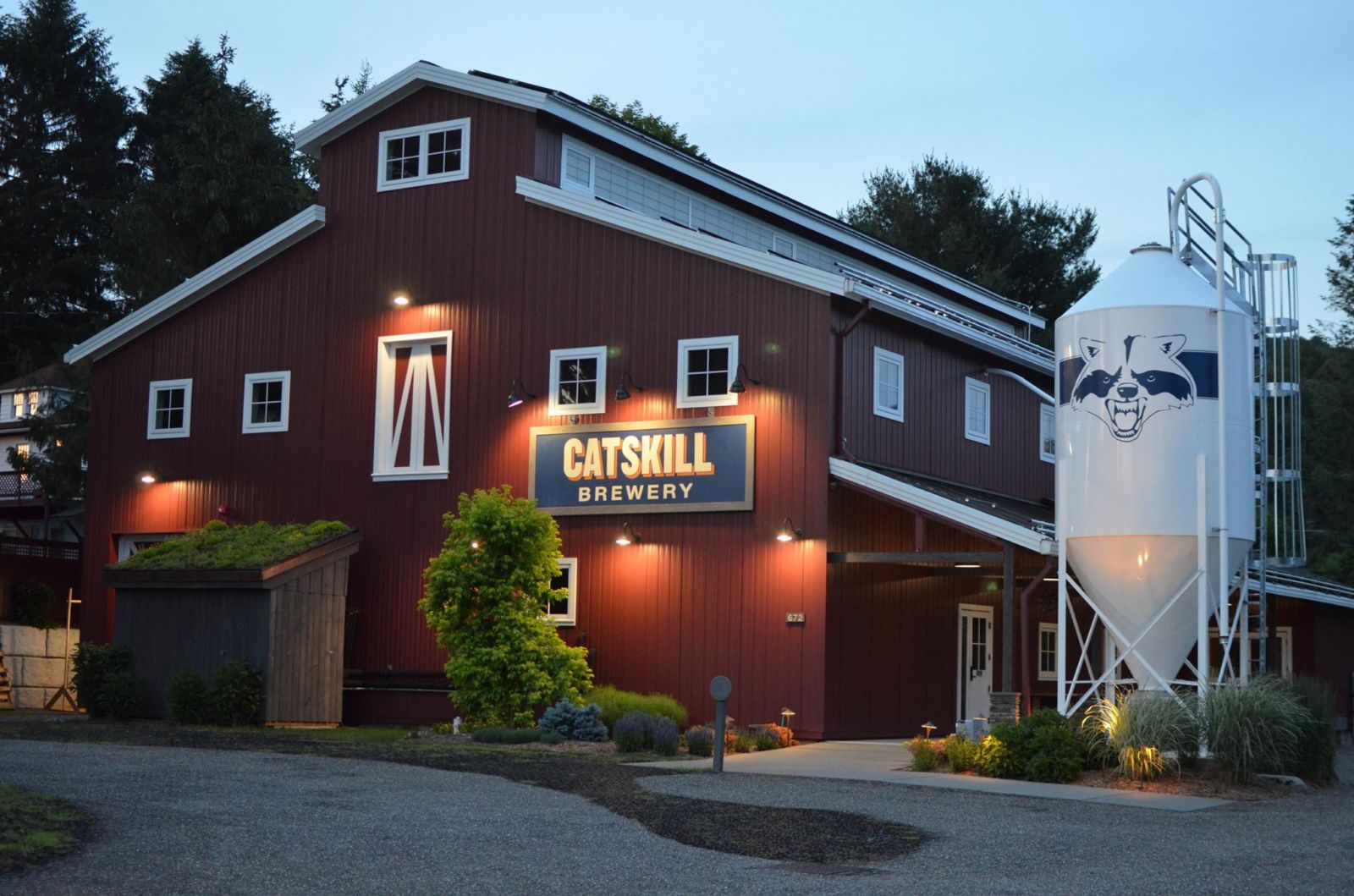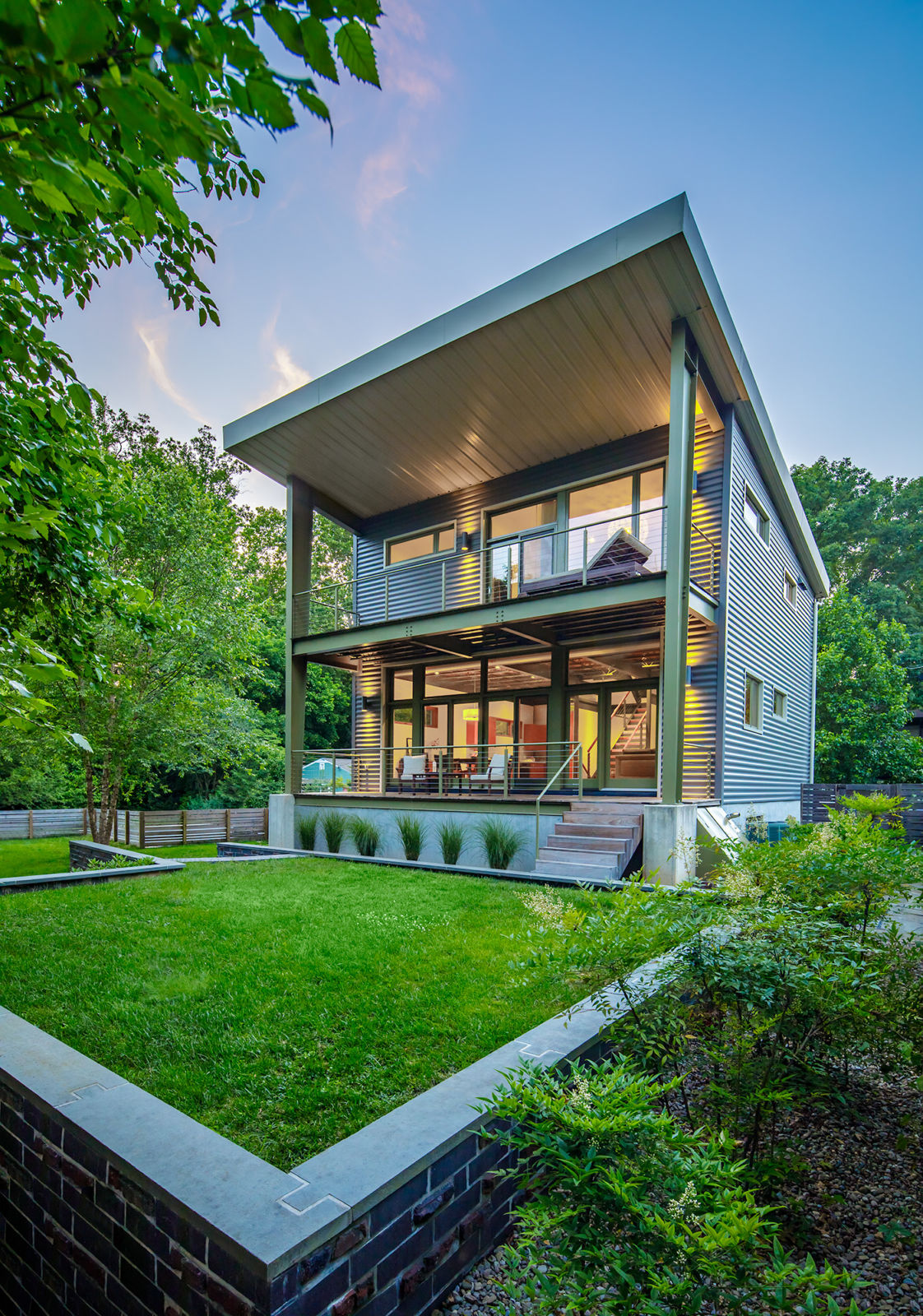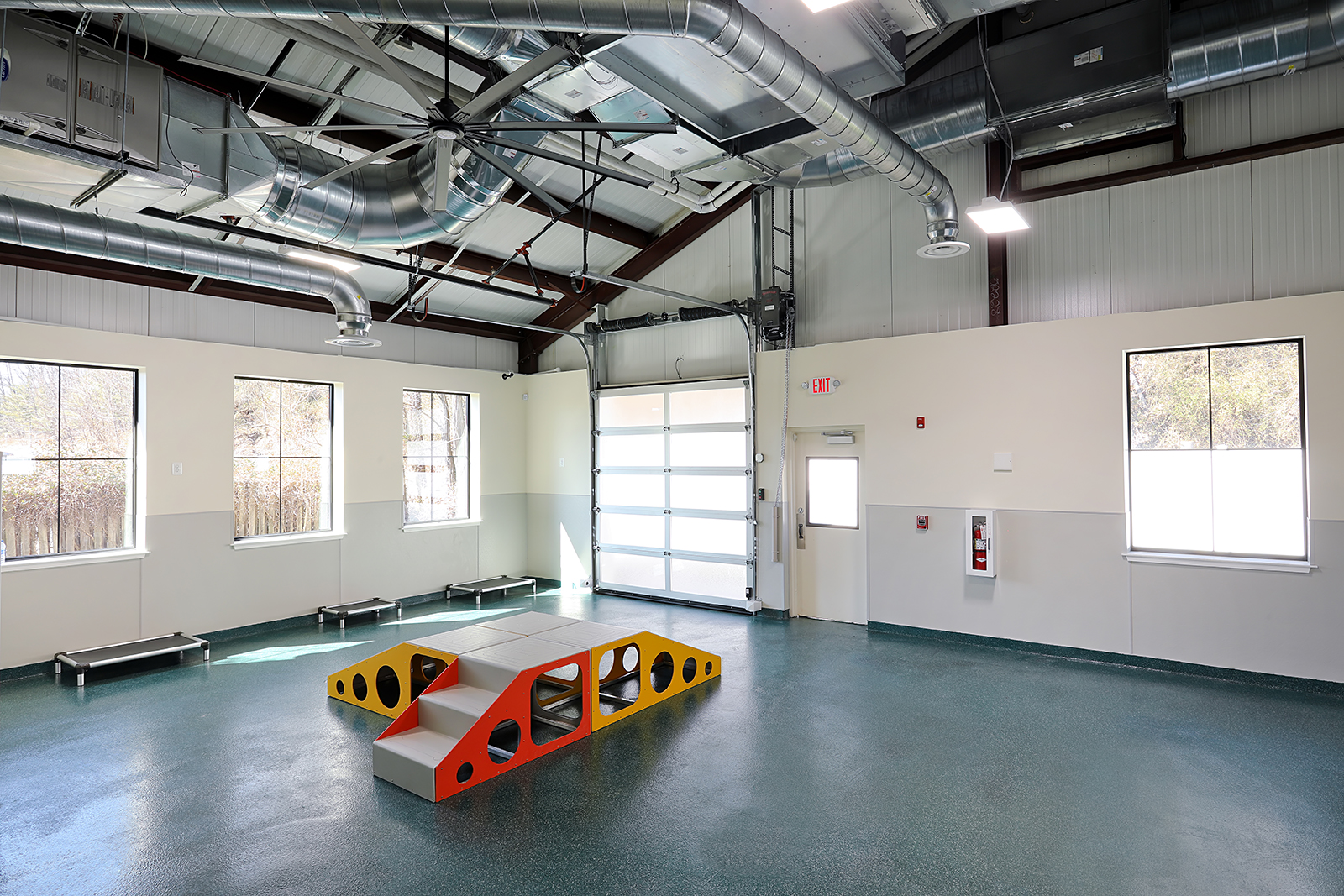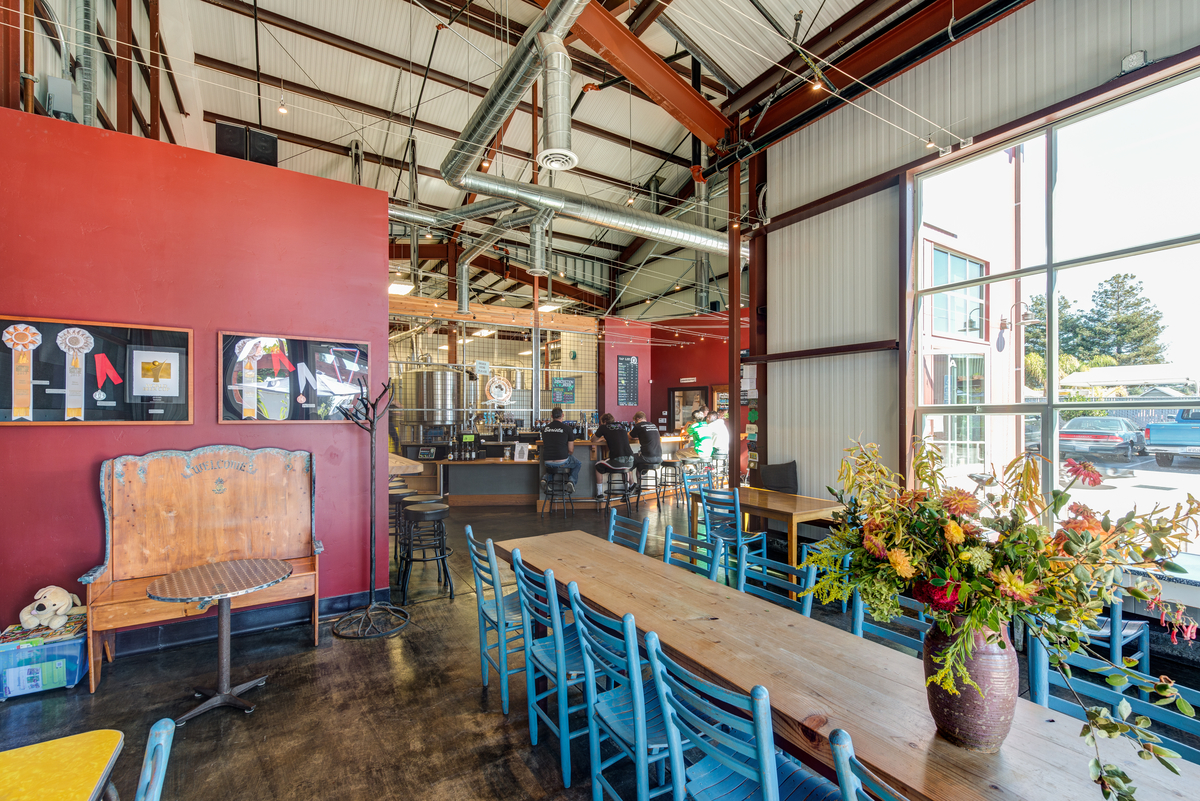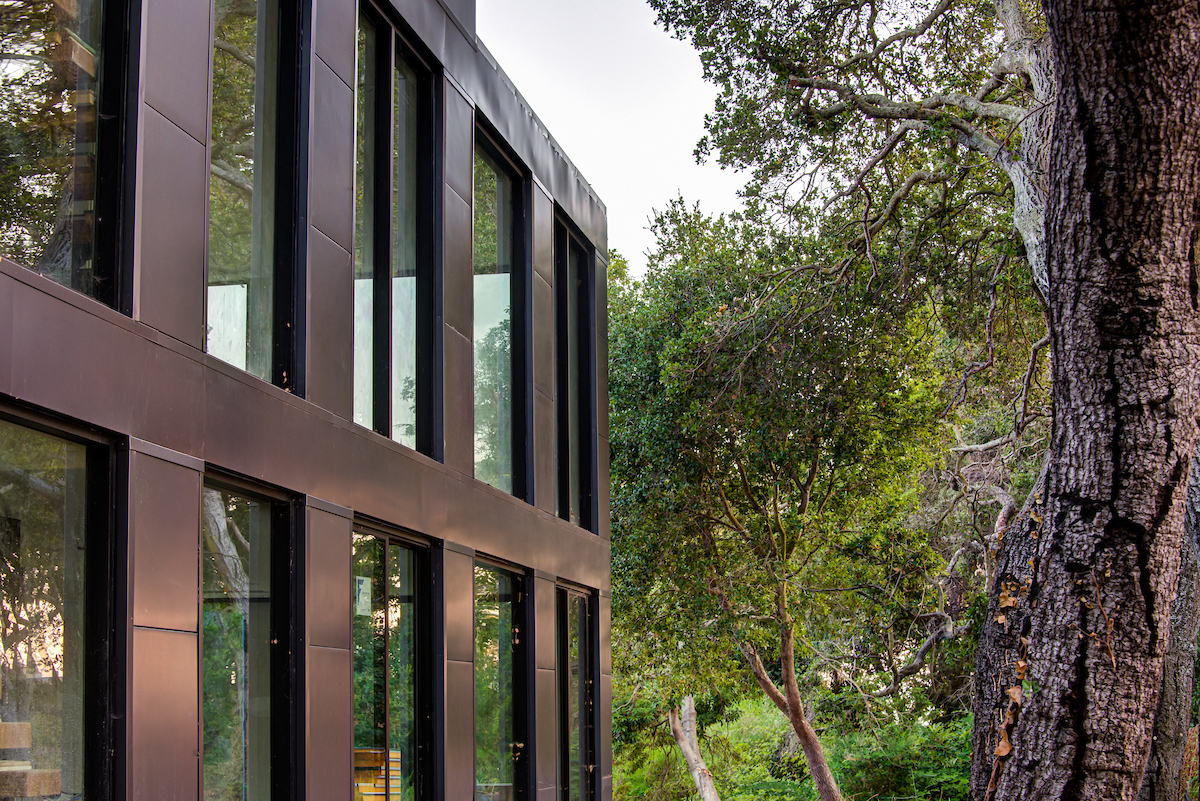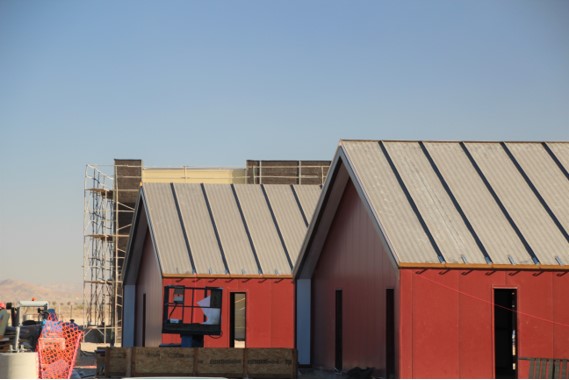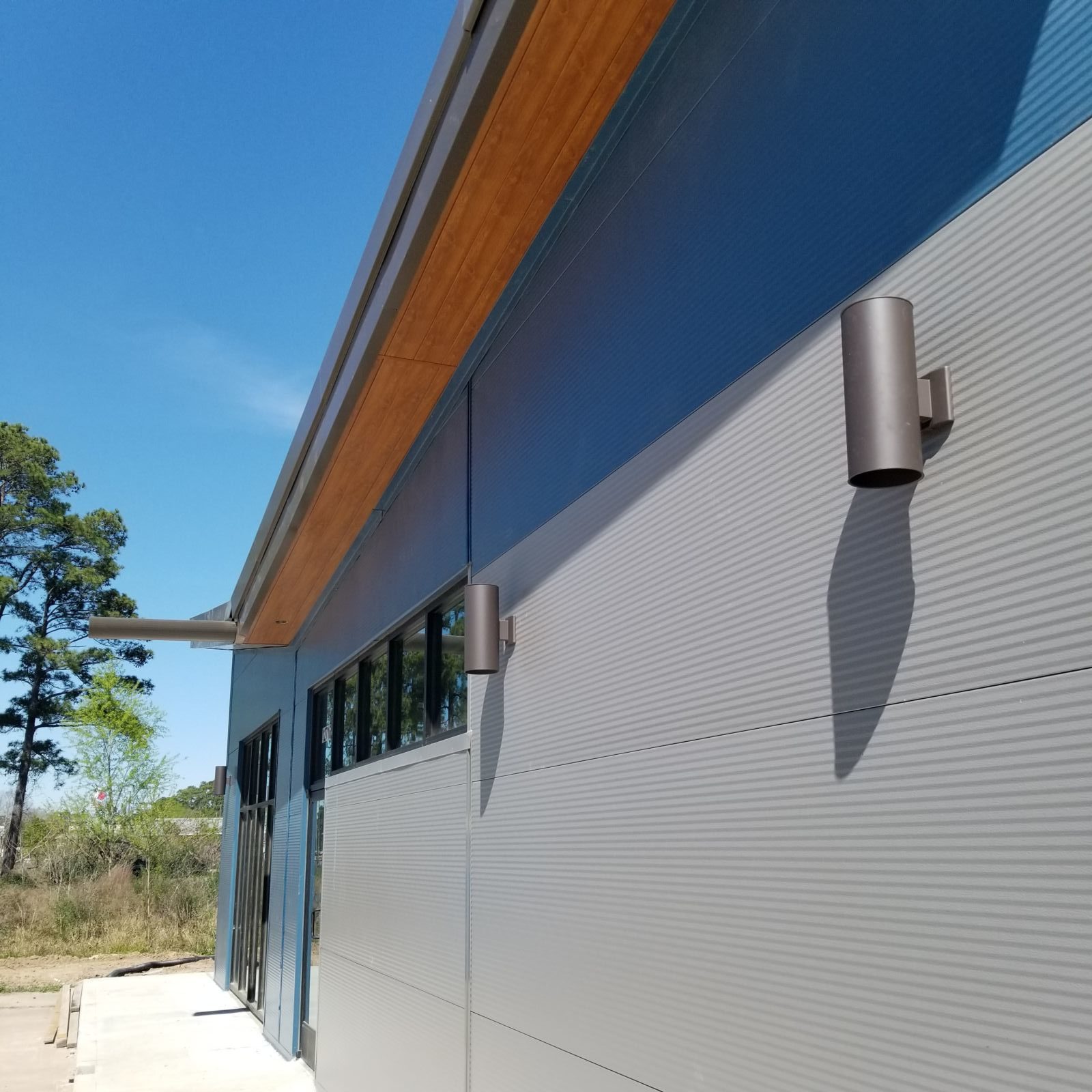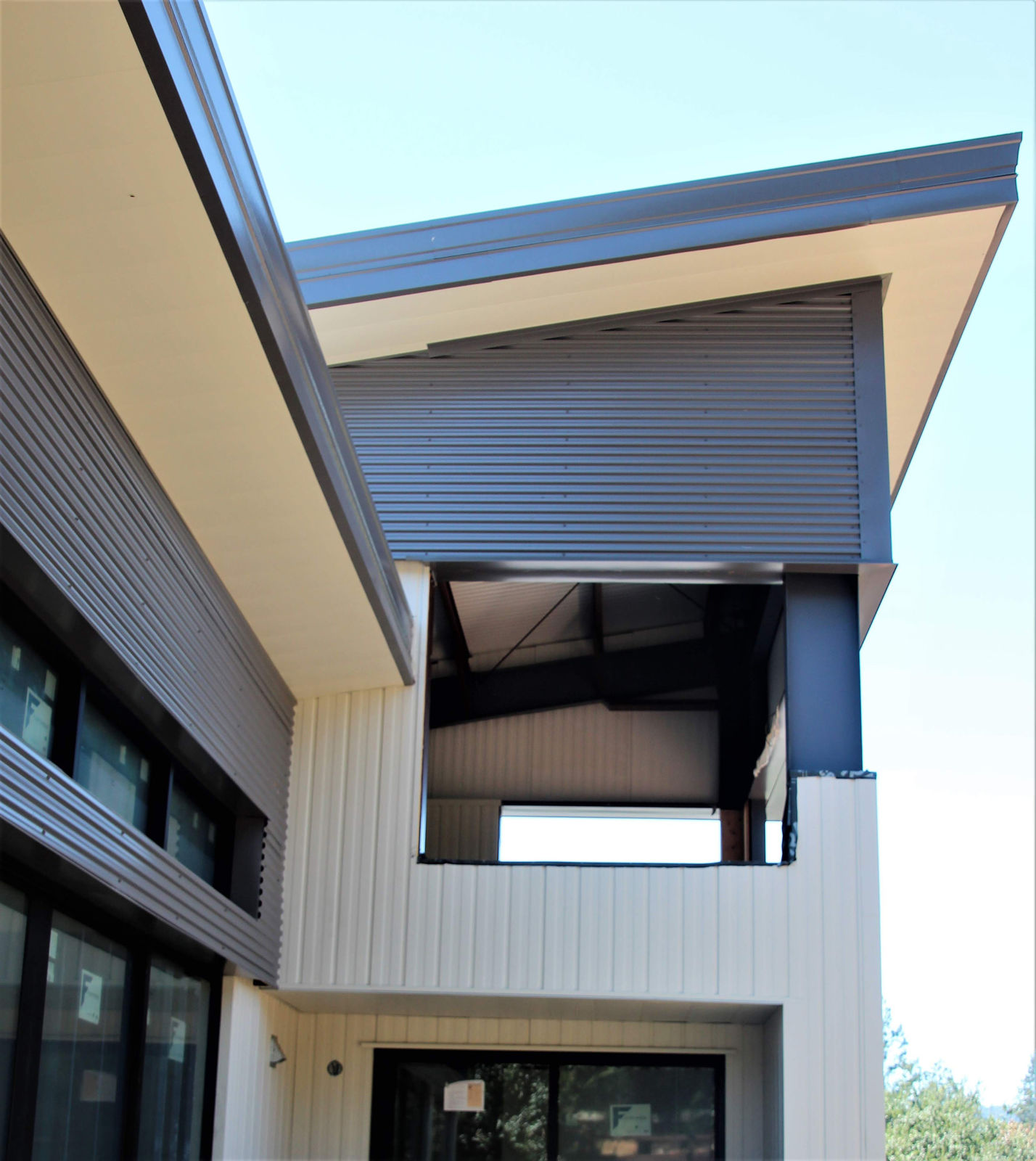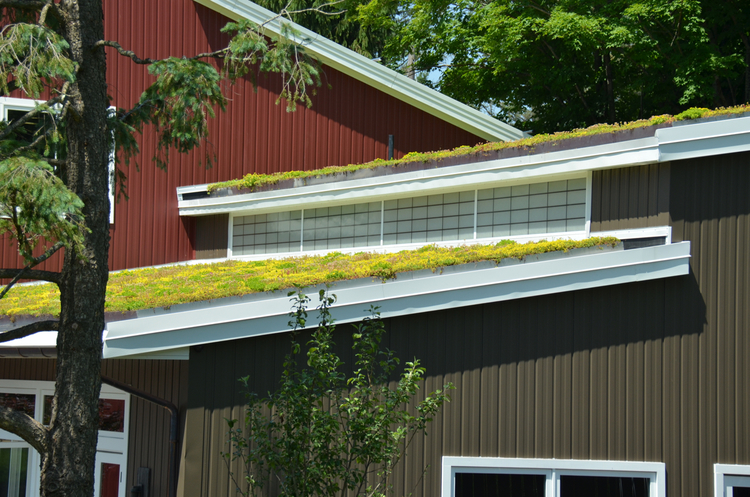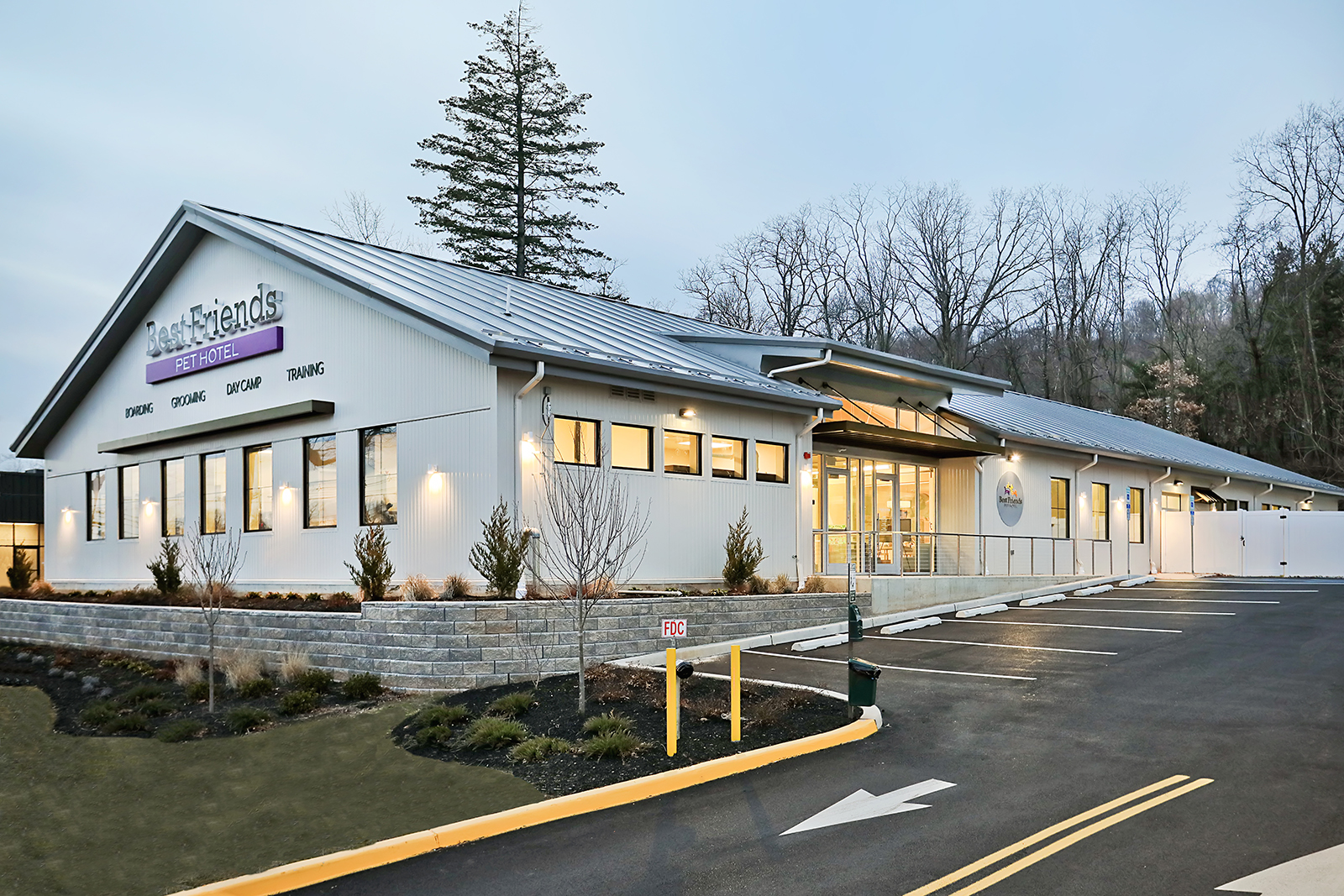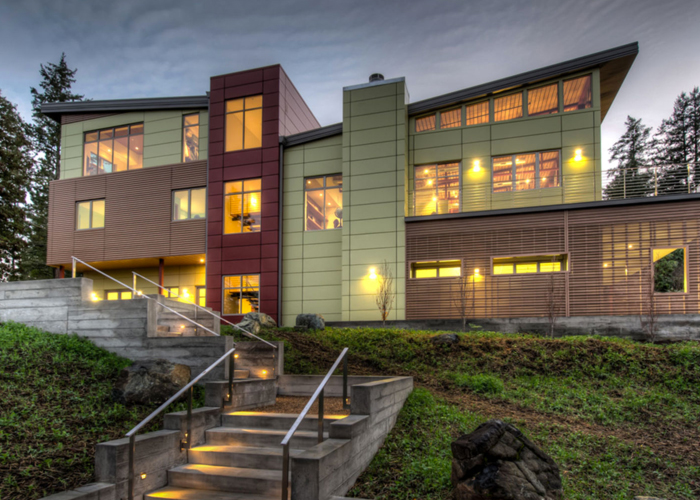Building Envelopes: Protecting Structures with Advanced Thermal and Moisture Solutions
In the realm of construction, the importance of a well-designed building envelope cannot be overstated. This critical element acts as the first line of defense against external environmental factors, ensuring that structures remain safe, comfortable, and energy-efficient. By employing advanced thermal and moisture solutions, architects and builders can significantly enhance the performance and durability of buildings. This article explores the concept of building envelopes, the significance of thermal and moisture protection, and what thermal protection construction entails.

Where Is Advanced Thermal Solutions Headquarters?
Before delving deeper into the topic, it’s essential to highlight key players in the industry. Advanced Thermal Solutions is a leader in providing innovative thermal management solutions. Their headquarters is located in Norwood, Massachusetts, where they focus on developing cutting-edge technologies that enhance the efficiency and performance of various building materials.
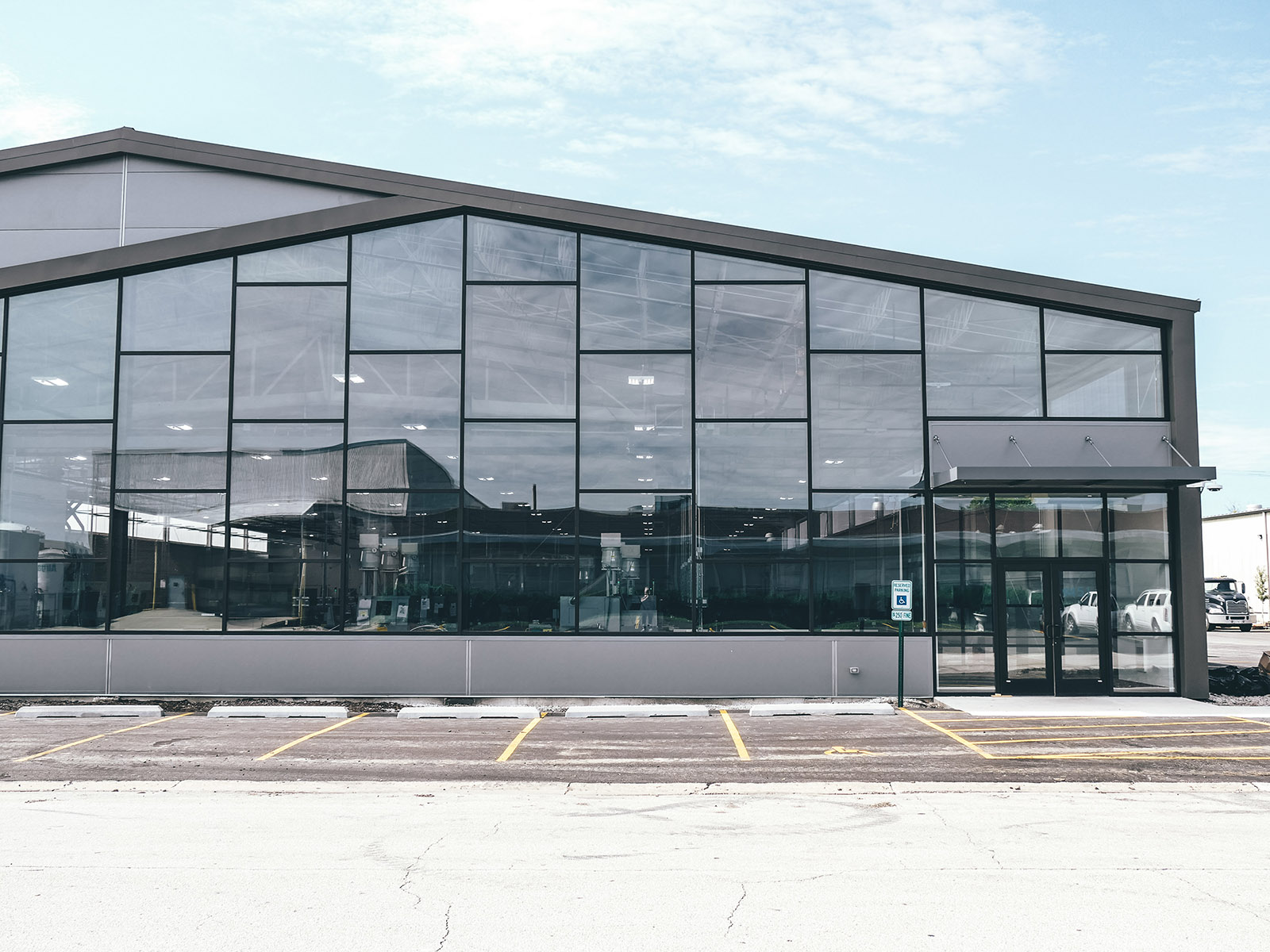
What Is Thermal and Moisture Protection?
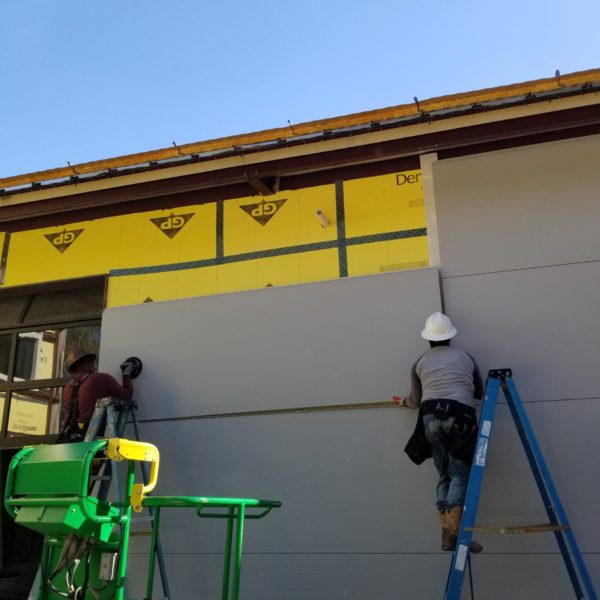
hermal and moisture protection involves strategies and materials designed to control heat flow and moisture movement within a building envelope. These protections are crucial for several reasons:
- Energy Efficiency: Proper thermal protection reduces energy consumption by minimizing heat loss in winter and heat gain in summer, leading to lower heating and cooling costs.
- Comfort: Effective moisture protection ensures that occupants remain comfortable by regulating indoor temperatures and humidity levels.
- Durability: A well-designed building envelope prevents moisture-related issues, such as mold and rot, which can compromise the structural integrity of the building.
To achieve these goals, various materials and systems are employed, including insulation, vapor barriers, and air barriers. Each plays a vital role in creating a comprehensive thermal and moisture management strategy.
What Is Thermal Protection Construction?
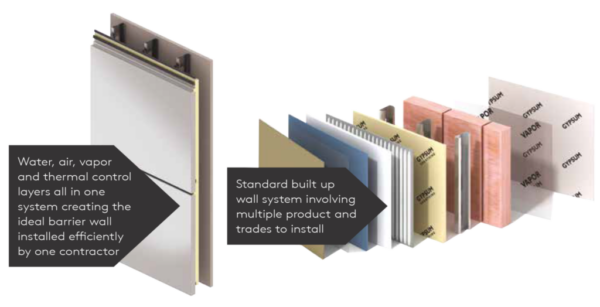
Thermal protection construction refers to the methods and materials used to insulate a building, minimizing heat transfer between the interior and exterior. This construction approach typically involves:
1. Insulation: Various insulation materials (such as fiberglass, foam, and cellulose) are used to reduce heat flow. These materials are strategically placed in walls, roofs, and floors to create a thermal barrier.
2. Air Barriers: These barriers are crucial for controlling air leakage, which can significantly impact energy efficiency. Air barriers work by preventing uncontrolled airflow through the building envelope, thus maintaining desired indoor conditions.
3. Vapor Barriers: These are installed to prevent moisture from penetrating the building envelope. By controlling moisture levels, vapor barriers help to prevent mold growth and structural damage.
Integrating these components effectively is key to creating a robust building envelope that protects structures from environmental stressors.
Conclusion
The building envelope serves as a critical protector of our structures, ensuring they remain energy-efficient, comfortable, and durable. By utilizing advanced thermal and moisture solutions, builders can enhance the overall performance of their designs. As the industry continues to evolve, embracing these innovative techniques will be paramount in achieving sustainable and resilient buildings for the future.
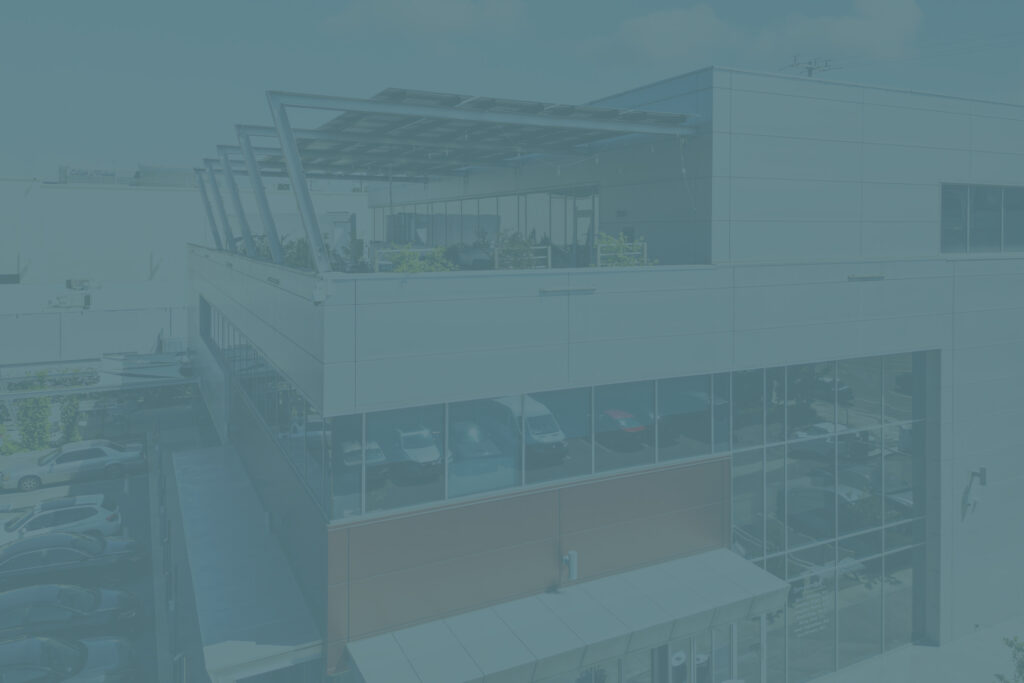
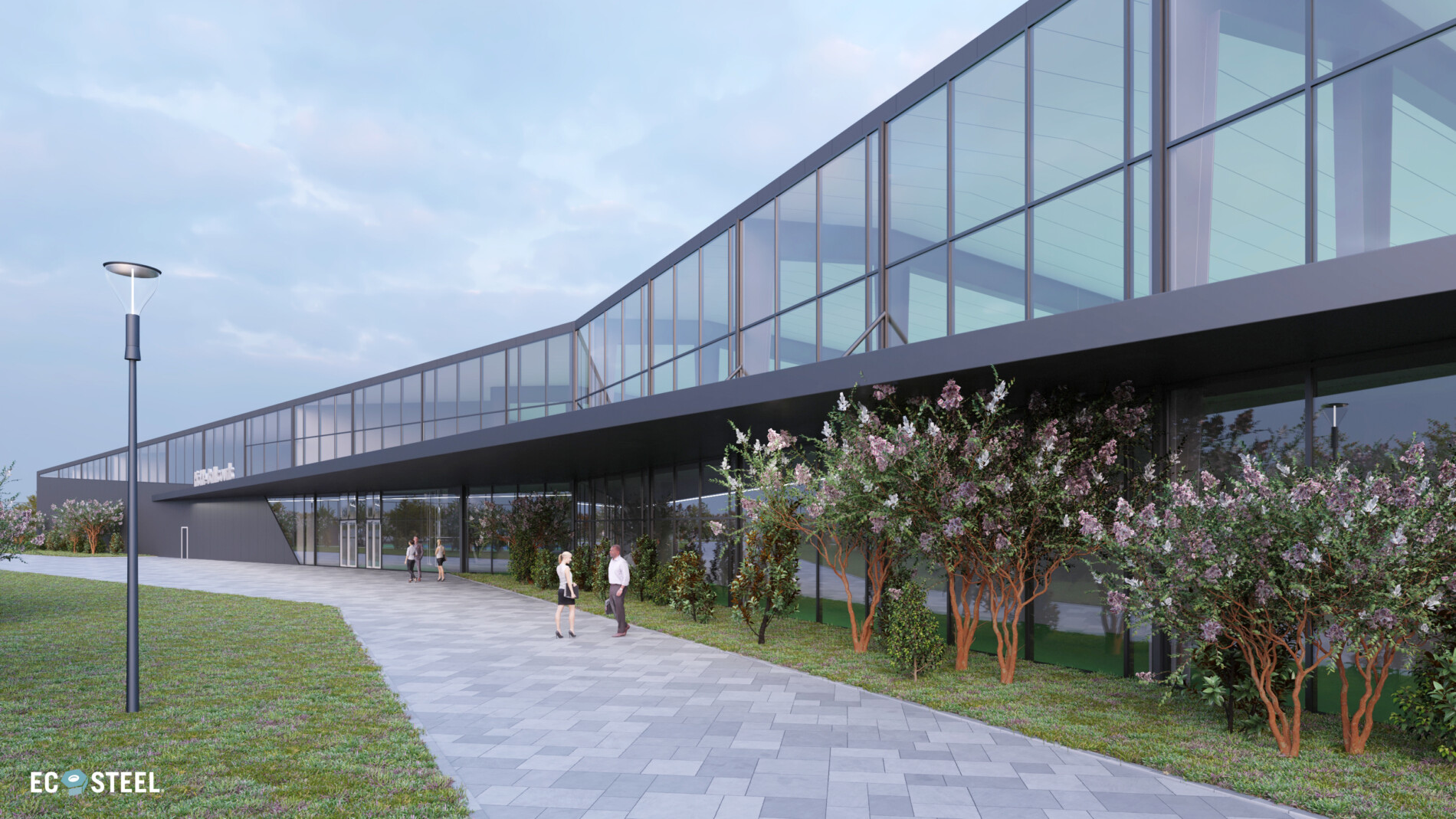
WHY ECOSTEEL?
EcoSteel building systems come in a variety of shapes and sizes, but at their core they all utilize a custom engineered structural steel frame and a high-performance insulated shell. From sub-zero temperatures to dry heat or high humidity, Mother Nature continually tests the limits of building envelopes. While our insulated wall panels are a popular option, sometimes they are substituted or combined with masonry, stone, pre-cast or tilt-up concrete, wood, glass or other architectural wall treatments. The versatility and flexibility of our building systems allows for a myriad of colors, shapes, textures and designs. Today’s building projects require the perfect combination of energy efficiency, creative versatility, and reduced construction cost.
